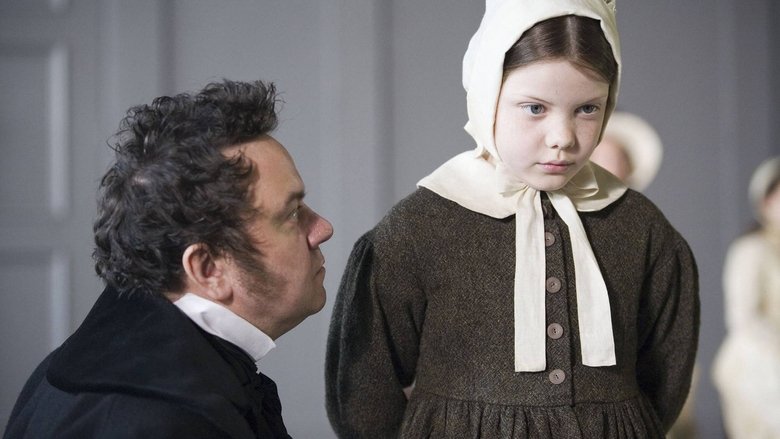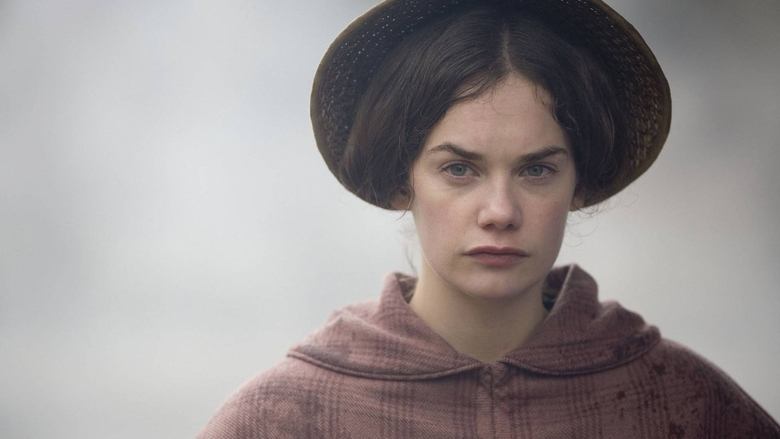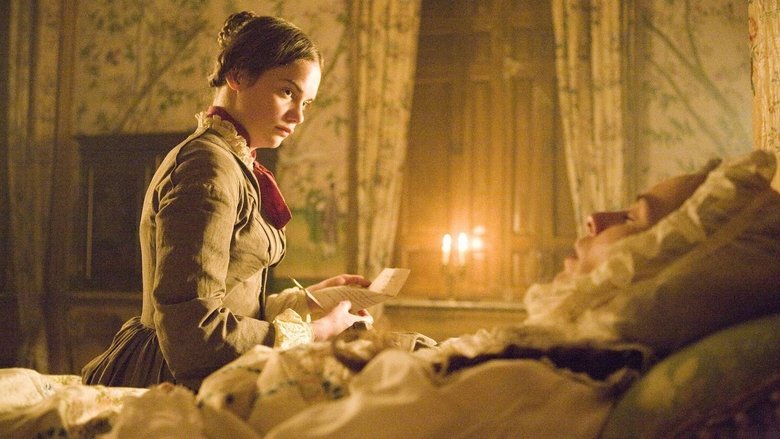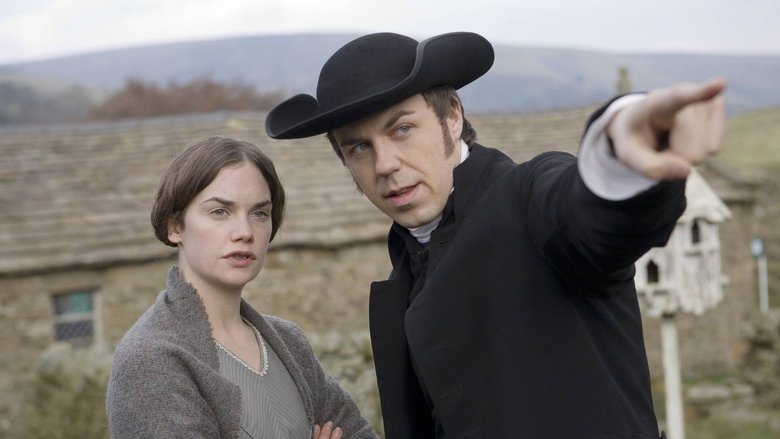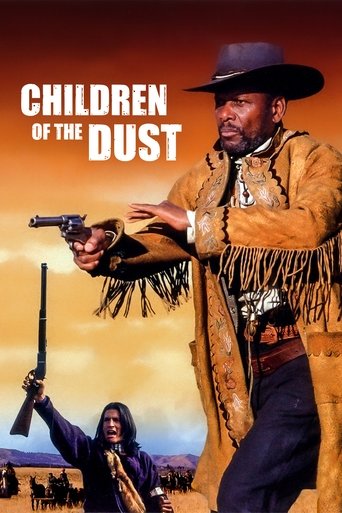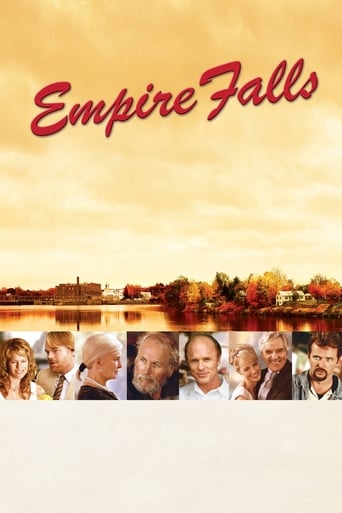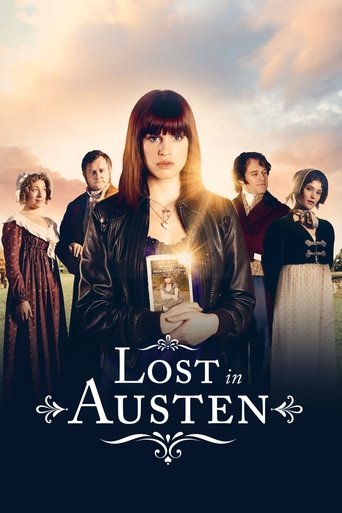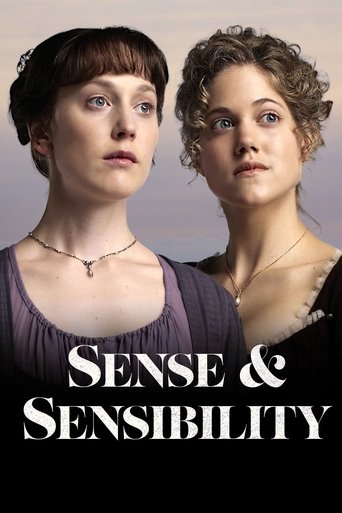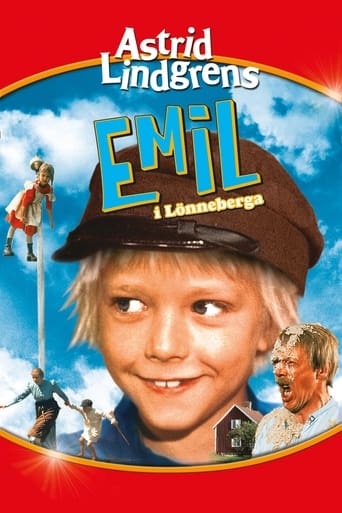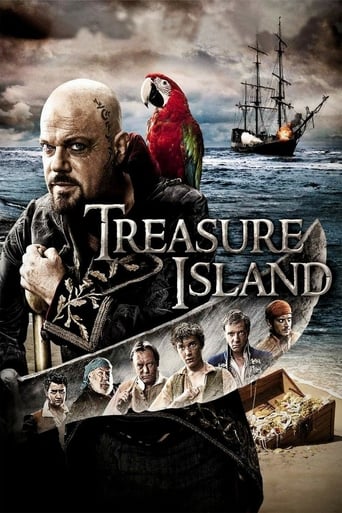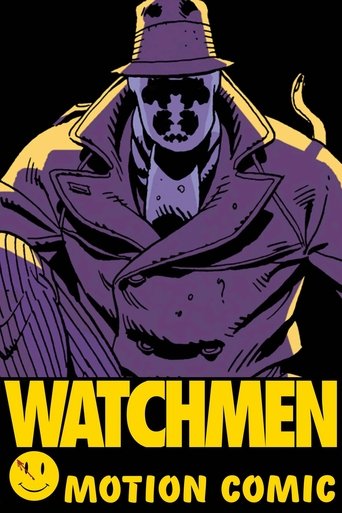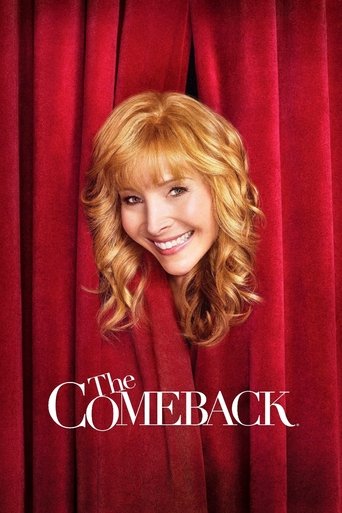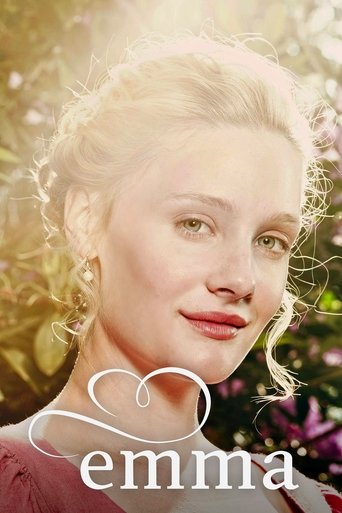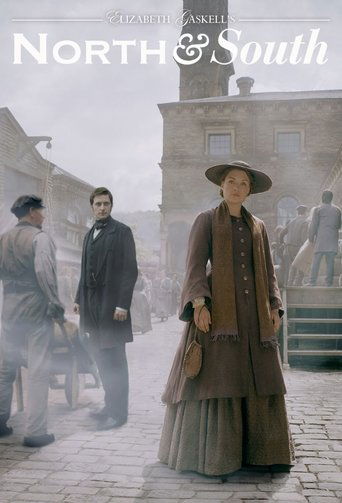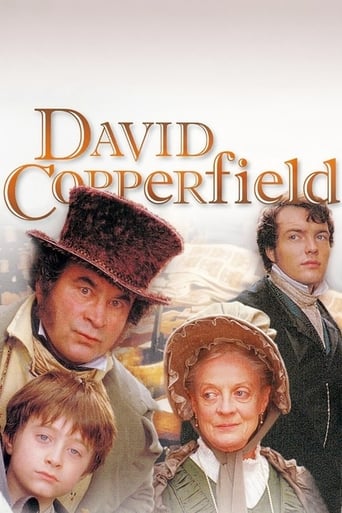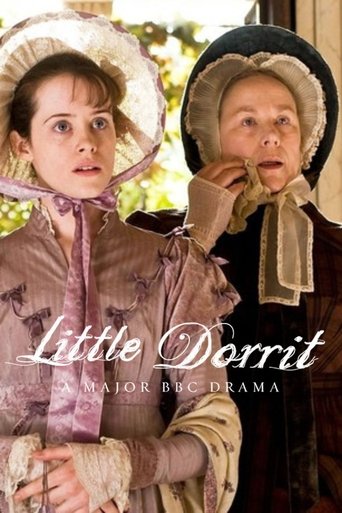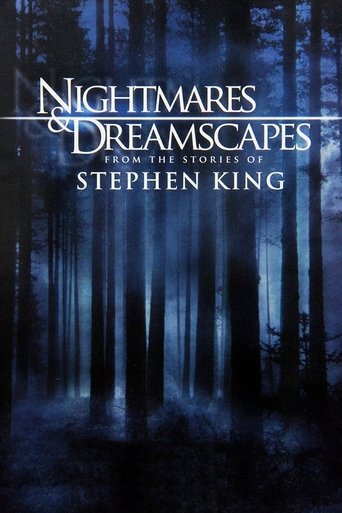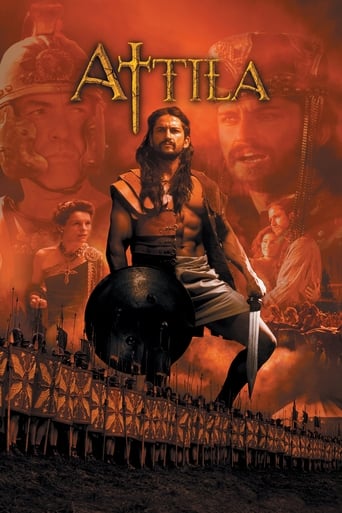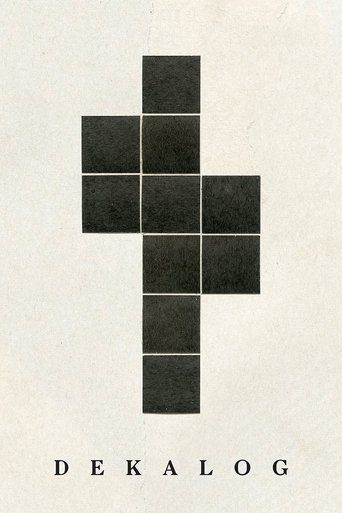Trailers & Videos

Jane Eyre 2006 Trail
Seasons
Cast
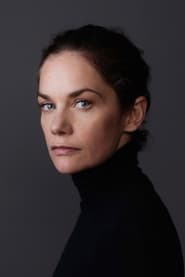
Ruth Wilson
Jane Eyre
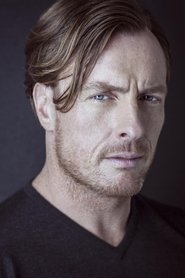
Toby Stephens
Edward Rochester

Tara Fitzgerald
Mrs. Reed
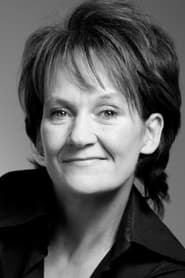
Lorraine Ashbourne
Mrs. Fairfax
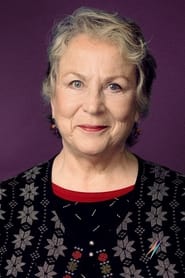
Pam Ferris
Grace Poole

Christina Cole
Blanche Ingram
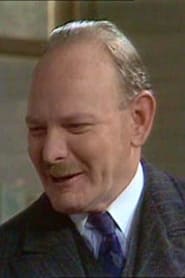
Arthur Cox
Colonel Dent

Sam Hoare
Lynn Brother
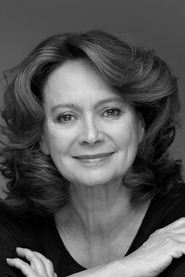
Francesca Annis
Lady Ingram

Elsa Mollien
Sophie
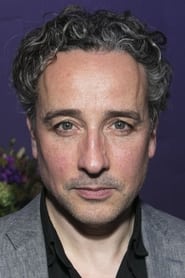
Aidan McArdle
John Eshton
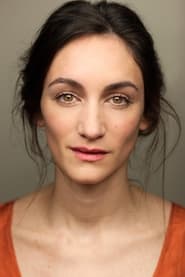
Cara Horgan
Eliza Reed
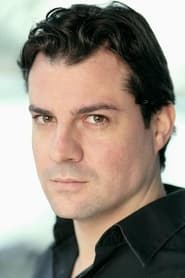
Daniel Pirrie
Mason
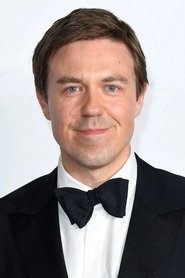
Andrew Buchan
St. John Rivers
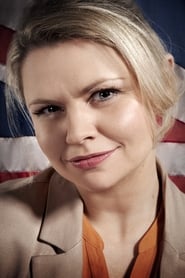
Rebekah Staton
Bessie
More Like This
Reviews
alfa-16
Jane Eyre is a tough adaptation. You need a host of competent actors for the minor roles, good child actors and a brooding, fiery Bronte hero for Rochester, capable of attaching a variety of women and inspiring devotion in one of literature's great heroines.
There have been plenty of great Rochesters, Orson Welles and William Hurt to name but two, and Toby Stephens may be another. The ladies certainly seem to think so.
But in Ruth Wilson we may finally have a memorable Jane Eyre. An actress who is strikingly beautiful but not superficially pretty. Who can look dour and empty, who is believably dull and innocent and yet simultaneously contains the fire for a great love story. She has fabulous poise and control. Only the smallest alterations of expression are required to communicate changing emotions bubbling below the surface. One of the reasons it fits so well into four hours is that Ruth can do 10 pages of prose with one change of expression. Adorable.
It goes along at a fair old pace. Jane is into and out of Lowood in the first 10 minutes. But the texture is right. The two central characters have sparked on and off each other very convincingly.
Will it be the one?
(After the Final Episode) There's no doubt. It is THE one. Started extremely well and got better and better. There are so many outstanding moments between the two leads and not just in the big scenes. Watch Ruth Wilson's incredible acting in the stairwell as she summons up the courage to enter the tower room to nurse Mason, balanced by Toby's concern followed by his wordless decision to trust her. Or his petulance as he welcomes her return from Gateshead, turning to delight in Jane's pleasure in coming home. The last episode is unforgettable. As good as television gets.
Magnificent.
alfa-16
This was Ruth Wilson's breakout role, her first out of drama school. Producer Diederick Santer said they stopped looking for actresses the moment Ruth walked into to room and from more or less the first moment she appears on screen, you can see why.
Jane Eyre is a tough adaptation. You need a host of competent actors for the minor roles. Look how much Pam Ferris brings in the role of servant, Grace Poole. You need good child actors. Hester Odgers and Georgie Henley work wonders in a few small minutes on screen. Most of all, there has to be a brooding, fiery, Brontëesque hero for Rochester, capable of attaching a variety of women and inspiring devotion in one of literature's great heroines.
There have been plenty of great Rochesters, like William Hurt and Ciaran Hinds and plenty of famous ones like Orson Welles and George C Scott. Toby Stephens adds to the list.
But in Ruth Wilson we finally have a memorable Jane Eyre. An actress who is strikingly beautiful but not superficially pretty. Who can look dour and empty, who is believably dull and innocent and yet simultaneously contains the fire for a great love story. She has fabulous poise and control. Only the smallest alterations of expression are required to communicate changing emotions bubbling below the surface. One of the reasons it fits so well into four hours is that Ruth can do 10 pages of prose with one change of expression.
There are so many outstanding moments between the two leads and not just in the big scenes. Watch Ruth Wilson's incredible acting in the stairwell as she summons up the courage to enter the tower room to nurse Mason, balanced by Toby's concern followed by his wordless decision to trust her. Or his petulance as he welcomes her return from Gateshead, turning to delight in Jane's pleasure in coming home. Watch and be amazed at how much the pair can do with their backs to camera.
The last episode is unforgettable. As good as television gets.
Ruth has gone on to fame and fortune in an amazing variety of taxing roles, most recently as a truly extraordinary Hedda Gabler at The National. And more than ten years later it is still a joy to watch her talent matched with that of Toby Stephens in her first role.
Although the script takes liberties, it is uniformly superb as we have now come to expect from Sandy Welch, who might depart from the plot but is never off Brontë's wavelength for a second. The closer you compare Welch's adaptation of the iconic meeting in Hay Lane, the more accurately it follows Brontë's original in spirit. And to top it off, Susanna White's direction is almost faultless and Rob Hall's one of the best scores of the decade.
There is no other adaptation that comes close to this one when it comes to portraying Jane's pioneering struggle for independence, respect and morality based on principle rather than the teachings of the time. Wilson had a copy of the book and pointed out that you don't need to guess what Jane is thinking as the book tells you exactly. She had a copy in her pocket throughout the shoot. And it shows in the final product. If you have never understood why Jane abandoned Rivers and went back to Rochester after leaving him once, the answers are here. Welch understood. Stephens understood and Wilson understood.
You've reached the end.


